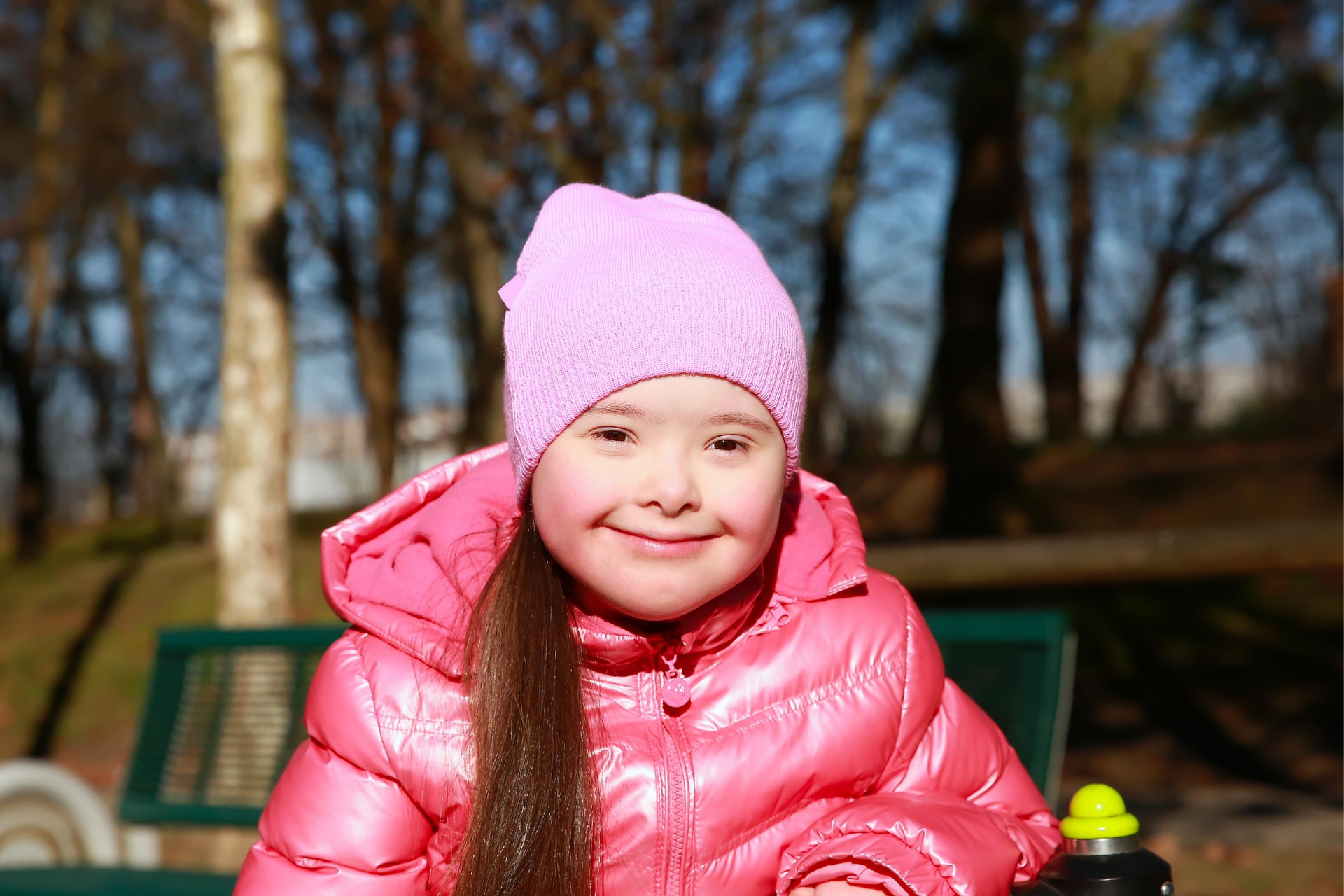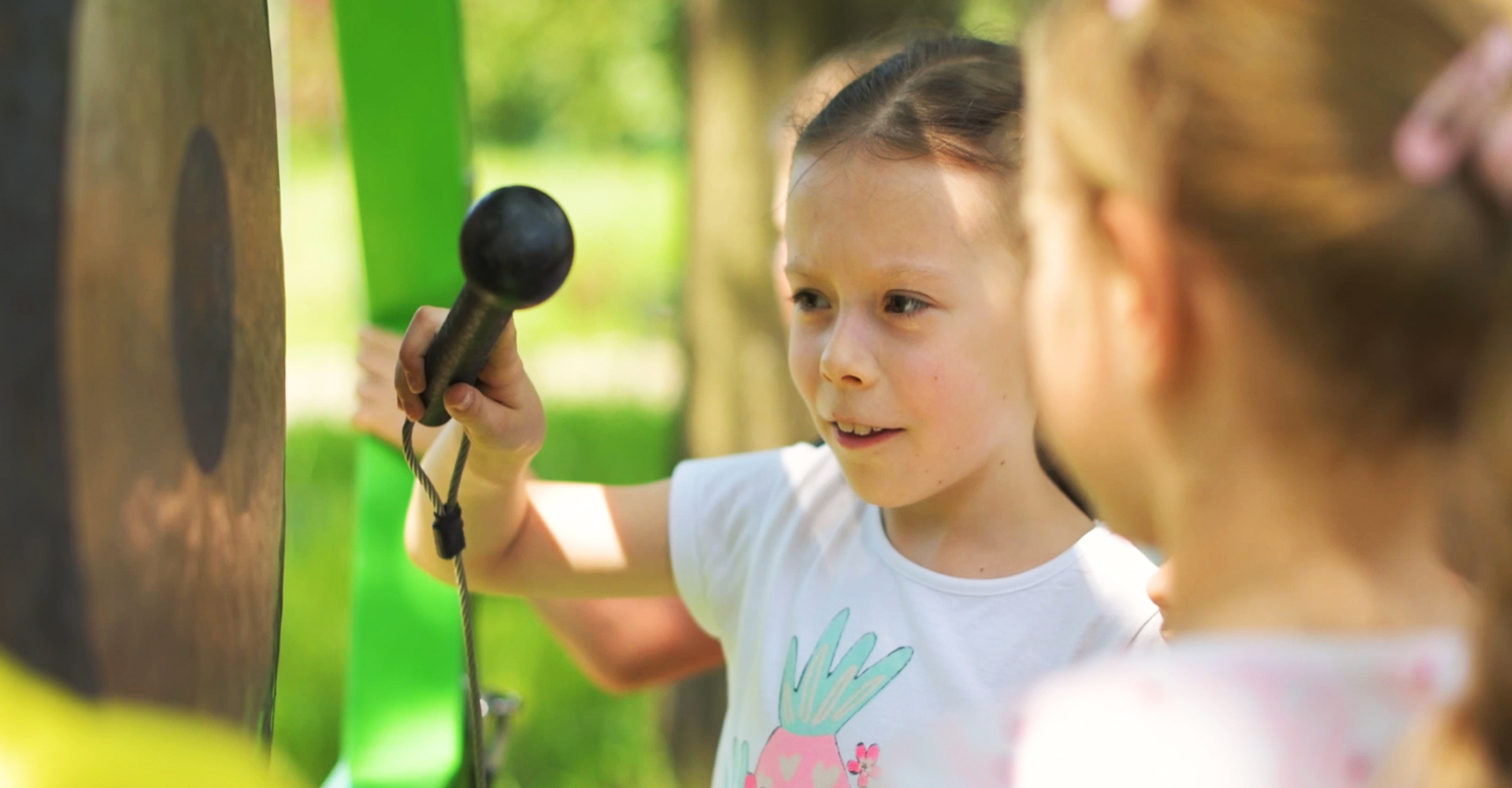Approximately 13% of Polish people suffer from various physical and functional impairments, making them a minority that cannot be ignored. It is comforting to know that society is increasingly aware of and committed to helping and promoting support for those in need.
When we think of children with disabilities, limited mobility usually comes to mind. It is worth remembering that these are also children who are deaf, partially deaf, blind, visually impaired, or with autism spectrum disorders and physical-intellectual development. Therefore, if we want to create a play space that integrates all children, we need to take the different needs into account and select the playground equipment in such a way that there is something for everyone.
A playground and its equipment should be accessible and usable for everyone. However, it is not enough to consider only individual pieces of equipment, e.g. a swing for the mobility impaired, but to think about the inclusive playground in a broader perspective, starting with the questions of whether children with disabilities will feel comfortable there, whether they will have the opportunity to play with other children, and whether it will be possible to move freely in such a playground.

The equipment should be available in a variety of colours. It is important that the contrast between the equipment and the environment is appropriate. For example, if the colour of the equipment blends too much with the background, e.g. trees and bushes, children with visual impairments will have difficulty seeing it. The ground under the equipment and walkways should contrast with the rest of the play area. A zone of contrast around the equipment allows the visually impaired to see that the equipment is nearby. Playgrounds should be well lit.
The surface on playgrounds should be even and non-slip. As mentioned above, the walkways between equipment should be clearly visible and wide enough to allow free movement with a wheelchair and other assistive equipment.

The playground should offer seating of different heights, with backs and armrests – so that everyone, regardless of age or height, can rest comfortably
Slides should be wide enough for a carer or assistant to accompany a disabled person. Playhouses should be wheelchair accessible. The visibility of each product should be supported by contrasting colours and tones.
When choosing equipment for games and entertainment, let’s ask what equipment will work for children with a particular disability. Let’s select them so that each child has several pieces of play equipment at their disposal. Based on this optimal approach, we have divided our range into categories:
musical, scientific, sensory and optical illusion devices, which guarantees accessibility and experimentation for all. For example, an open-air orchestra, Tibetan gongs, musical triangles, Chinese Whispers and many other devices are suitable for children with sight problems, while scientific devices such as Newton’s cradle, compass, water vortex and scientific hex provide an opportunity for children with hearing problems to have fun through experimentation.
All of our equipment, on the other hand, is designed in terms of size and height so that people with mobility problems can use it. The equipment should be easy to use, safe and certified by a professional accreditation body.
Playground equipment should have visual, auditory or tactile instructions. Instructions should be adapted for people with disabilities and explain what is on the playground. Ideally, Braille instructions should be accessible to people with visual impairments.
Creating an inclusive play space for your local community will have many benefits, it will become a place for everyone to meet and play, it will allow for friendly integration between able-bodied and disabled children and their families. A space that is a place for everyone regardless of differences helps to eliminate prejudice for children with disabilities and teaches mutual respect.
This is how we create a better future for us all!
Need help creating an inclusive playground? Feel free to contact us.